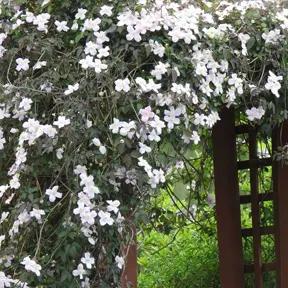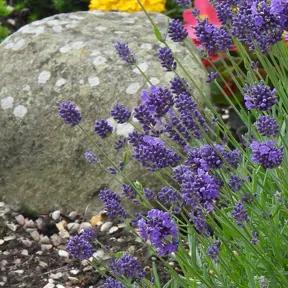Sapporo Autumn Gold Elm, Large Trees
- High disease resistance.
- Medium sized tree.
- Any soil with decent drainage.
- Max Height: 15m
- Bareroot Delivery: Nov-Mar
Description
Ulmus pumila: Bareroot Sapporo Autumn Gold Elm Trees in Standard Sizes
Sapporo Autumn Gold is a medium-sized, upright and spreading tree with an open canopy that does not cast very dense shade, making it a good choice for the average sized garden. The shiny leaves are narrow, serrated ovals which, true to their name, turn a warming yellow in autumn before they fall. The lemon and lime coloured spring foliage is attractive too, and sometimes carries a hint of pink. New bark is smooth and grey, turning sooty and grooved with age.
Sapporo Elms don't resemble the old European Elms, but they are a fine foliage tree in their own right. As far as the White-letter Hairstreak butterfly and White spotted pinion moth are concerned, they may as well be the same tree. Both species are just about surviving in this country; it is probably too late for native populations of the large tortoiseshell butterfly, which is also partial to Elm, but planting these trees gives them a chance of staging a comeback from captive specimens.
It is vigorous to about 15 metres.
Browse our large garden trees, or all of our trees.
Delivery season: Elm trees are delivered bareroot during late autumn and winter, approximately November-March inclusive.
Choosing a size: Small trees are cheaper, easier to handle and more forgiving of less than ideal aftercare, so they are best for a big planting project. If instant impact is your priority, or if you are only buying a few plants for use in a place where it is convenient to water them well in their first year, then you may as well use bigger ones. All our bareroot trees are measured by their height in centimetres above the ground (the roots aren't measured).
Features:
- Height: 15m
- Doesn't look like old Elms, but feeds same butterflies.
- Highly resistant to DED
- Soil: Moist, light, alkaline is ideal
- Bareroot delivery only: November-March
Growing Elms
Favours light, alkaline soils, where it produces best yellow Autumn colour, but otherwise likes clay.
Planting Instructions
Notes on planting Sapporo Autumn Gold Elm trees:
This is a vigorous tree that can reach its final height of 15 metres in almost the same number of years if it is in a sunny and fertile spot. They aren't really bothered by the soil type or pH and like moist, heavy clay but they won't tolerate waterlogging.
Prepare your site before planting:
It is good to dig over the site where you plant a tree several months in advance. Kill the weeds first: for tough weeds like nettles, brambles and ground elder, you will usually need a weed-killer to get rid of them. When you dig the soil over, remove stones and other rubbish and mix in well rotted compost or manure down to the depth of about 2 spades.
Watch our video on how to plant a tree for full instructions.
Remember to water establishing trees during dry weather for at least a year after planting.
Tree Planting accessories:
Prepare your site for planting by killing the weeds and grass.
You can buy a tree planting pack with a wooden stake & rubber tie to support the tree and a mulch mat with pegs to protect the soil around the base of your tree from weeds and drying out.
We suggest that you use mycorrhizal "friendly fungi" on the roots of all newly planted large trees: if your soil quality is poor, we strongly recommend it.
You can also improve your soil with bonemeal organic fertiliser.
Did You Know?
This tree was cultivated by Dr Eugene Smalley at Wisconsin University in the late 1950's, with seeds from the botanic gardens at Hokkaido university in Sapporo, Japan. It is a hybrid of Japanese Elm, Ulmus davidiana japonica, and the dwarf Siberian Elm, Ulmus pumila.
It has extremely high resistance to Dutch Elm Disease, not quite 100%, but close enough to be used as a benchmark for testing other cultivars against.
Standard trees are measured by their girth in centimetres 1 metre above ground level: their trunk's waist measurement. Unlike sapling trees and hedge plants, standards aren't measured by their height, which will vary quite a bit both between and within species.
So, a 6/8cm standard tree has a trunk with a circumference of 6-8cm and an 8/10 standard has a trunk 8-10cm around. This measurement makes no difference to the tree's final height.
On average, standard trees are 2-3.5 metres tall when they arrive, but we cannot tell you precisely how tall your trees will be before we deliver them.
It's Summer Planting Season 2025

Pot Grown & Plug Plants Delivered

Direct from the Nursery Value

No more broken plants in the post!


 1.webp)
 1.webp)




